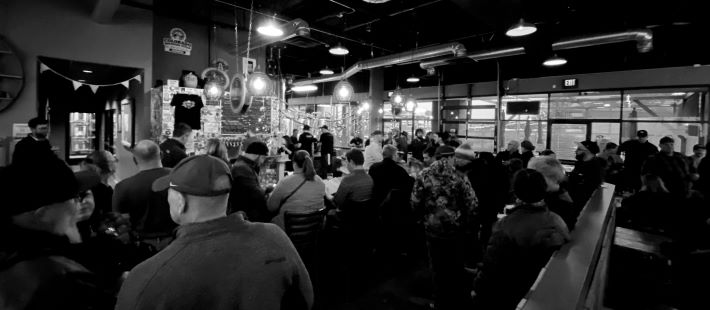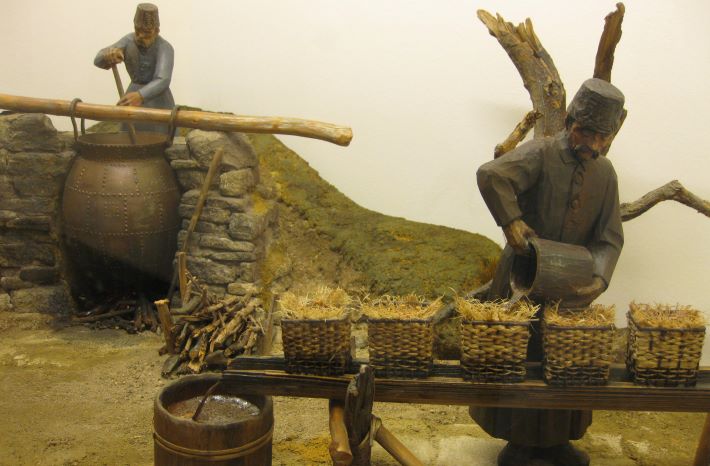This lovely essay from Eoghan Walsh is not about Fat Tire. That it arrived the same week so many were moved to comment on changes in Fat Tire was a coincidence. There is, in fact, much more to what Walsh writes than these three sentences, but, dang, they seem relevant to the Fat Tire conversation.
“A beer evolves in other ways too; the Zinnebir of 2022 is not the Zinnebir of 2002 because of innumerate conscious and unconscious decisions made in those 20 years. Brewers are constantly tweaking their beers, paddling furiously out of sight of the drinker to provide them the same – or better – experience every time. Over the course of 20 years a beer is pulled from its original template by incremental changes to brewing processes, new or different raw materials, or marketing decisions altering its colour, bitterness, or alcohol content.”
This week in AI news
– Atwater Brewing in Detroit has used ChatGPT to write a beer recipe, then brewed Artificial Intelligence IPA.
– If the commitment of beergeek to AI generated words and images wasn’t previously clear, it should be now that the site has been renamed beergeekAI. It is not a place to worry about the role AI will play in journalism (worth considering, but not in this context). It is a place to visit when you need a smile.
– Perhaps something similar is needed for wine drinkers, because otherwise this: “It wouldn’t surprise me if this has been going on for some time now. I’ve already written about straight-up plagarism in wine writing before, this just refines it. In most cases, given the paucity of sources used to plagiarize content for Instagram posts and the like (most copycat content is lazily purloined from a single website), a bot-written rehash will be both more balanced and more readable. But if we’re really honest, most wine writing is a recycling effort in the first place.”
You might also enjoy
But what does the “new” Fat Tire taste like? For those who can’t wait until they sample it themselves there is this: “If the color and packaging had remained unchanged, I honestly wonder what percentage of the Fat Tire drinkers would have noticed the shift in flavors. I can fully believe that some less discerning tasters would have happily gone on drinking the brand without realizing that things had changed.”
As an aside, because I wrote a couple of stories about hops and sustainability last summer I learned that New Belgium was already using HBC 522 in Fat Tire. Beers evolve.
23 people to watch. “These are folks whose voices are changing craft beer for the better every day just by doing what they do best: brewing beer. And yes, many of them by nature are also actively championing safer, more-inclusive spaces in craft beer.”

This is what success looks like. Cannonball Creek Brewing in Golden, Colorado, celebrated their 10th anniversary this past weekend. They brew about 750 barrels of beer a year. That’s not very much compared to a somewhat larger brewery in Golden, but enough to sustain a community business. They are better than pretty good at it what they do, winning a GABF medal every year since they opened. That’s not the only reason it was packed Friday night, although it’s a good place to start. Sunday they had a Piñata.
Elephant-friendly beer. If that headline won’t entice you to read this story I do not know what might.
The best hop waters. Many of these are more expensive than beer.


 While on the topic of beer writing, and before getting to more serious beery predictions, a bit of fun.
While on the topic of beer writing, and before getting to more serious beery predictions, a bit of fun.